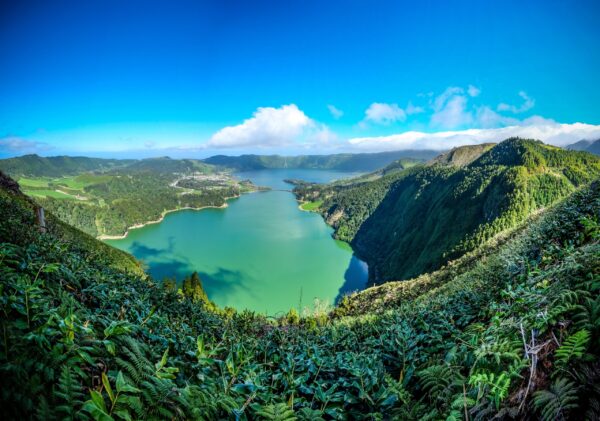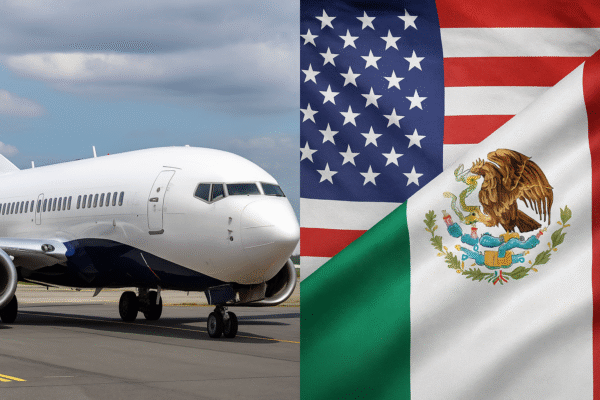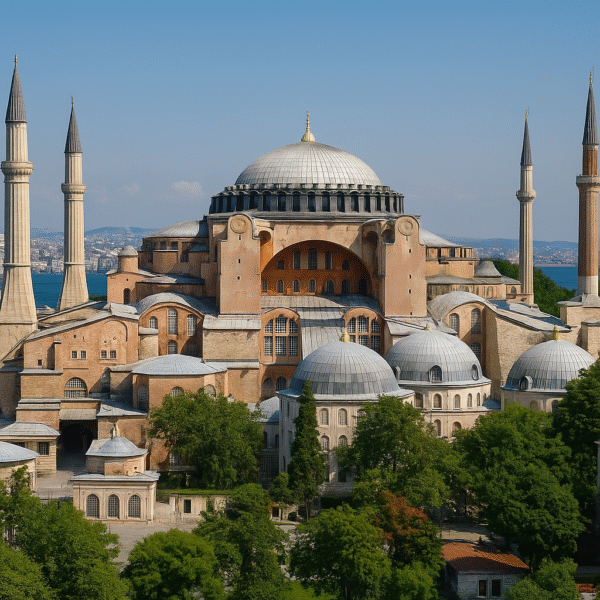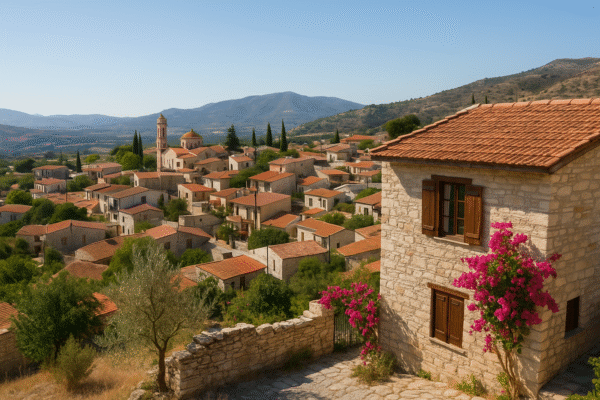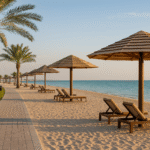Cyprus is embracing a new era of tourism centered on sustainability, heritage, and authentic experiences — and the Larnaca region is leading the charge. Moving beyond the traditional “sun and sea” appeal, Larnaca and a cluster of inland villages including Lefkara, Tochni, Kalavasos, Kato Drys, Choirokoitia, Skarinou, Vavla, and Ayios Theodoros are transforming into cultural tourism hotspots under the guidance of the Larnaca Regional Tourism Board (ETAP) and the Deputy Ministry of Tourism.
This transformation aligns with the National Tourism Strategy 2030, which aims to develop year-round, thematic tourism. Cultural and rural tourism made up nearly 18% of overnight stays in Cyprus in 2023 — a number expected to grow steadily through 2025 and beyond.
A Cluster of Culture and Community
Each of the nine villages surrounding Larnaca tells its own story, blending centuries-old traditions with modern tourism initiatives:
- Lefkara: World-renowned for its Lefkaritika embroidery and silverwork, this village has embraced aesthetic rejuvenation, including drystone wall restoration and public art installations. Recognized among Europe’s most picturesque villages, it’s now a beacon for cultural tourism.
- Tochni: Midway between Larnaca and Limassol, Tochni is thriving as a wellness and culinary destination. Visitors can stay in restored stone guesthouses and explore olive oil production through immersive tasting tours.
- Kalavasos: Nestled among ancient ruins and natural trails, Kalavasos is embracing eco-tourism with cycling paths and green-lodging options that reflect the area’s historic charm.
- Kato Drys: Known as Lefkara’s sister village, Kato Drys is home to the Bee & Embroidery Museum. Agritourism lodges offer hands-on activities like honey production and Cypriot cooking workshops.
- Choirokoitia: A UNESCO World Heritage Site, Choirokoitia’s Neolithic settlement now includes multilingual QR-code information trails, making it a hub for educational tourism.
- Skarinou: Traditionally associated with goat farming and halloumi production, Skarinou is fostering slow tourism through local craft workshops and renovated guesthouses.
- Vavla: Surrounded by vineyards and almond groves, Vavla features on Cyprus’s wine routes and nature hiking trails, appealing to those seeking scenic tranquility.
- Ayios Theodoros: With its citrus groves and spiritual festivals, this village now hosts seasonal cultural fairs and organic farm tours — offering authentic immersion in rural life.
- Larnaca (City and District): The region’s capital integrates modern amenities and beachfront charm with community-focused projects, art installations, and walkable heritage zones.
Economic Revitalization Through Tourism
The village revival is about more than aesthetics. According to the Cyprus Statistical Service (CYSTAT), over 40% of jobs in the region’s inland areas are now connected directly or indirectly to tourism. Small cooperatives, embroidery guilds, honey producers, and local cafés are witnessing increased footfall and revenue thanks to targeted tourism programs.
One unexpected benefit has been a slight reversal of rural youth migration. In villages like Kato Drys and Lefkara, young Cypriots are returning to their hometowns to open guesthouses, manage experience-based tours, or produce digital content promoting local crafts.
To further support this growth, the Deputy Ministry of Tourism has launched grants aimed at enhancing rural accommodations, training artisans in digital marketing, and boosting mobility in eco-tourism sectors.
A European Model for Sustainable Travel
Cyprus’s new tourism model not only complements its national goals but also reflects wider EU priorities. Backed by EU rural development funds, this tourism framework promotes low-impact, all-season travel, emphasizing preservation over exploitation.
Villages are encouraged to obtain “green stay” certifications, reflecting a broader shift toward responsible tourism. In Tochni and Kalavasos, certified eco-accommodations already attract visitors looking to reduce their environmental footprint.
The honey-themed mosaics across villages aren’t just picturesque — they serve as creative nods to Cyprus’s beekeeping legacy and a shared story of sustainable livelihoods. Each village presents tourists with the opportunity to engage deeply with local traditions, whether it’s through citrus picking in Ayios Theodoros or weaving workshops in Lefkara.
Beyond Tourism: Storytelling and Cultural Identity
Cyprus’s revival isn’t limited to attracting travelers — it’s about reclaiming a cultural identity. From the UNESCO-listed ruins of Choirokoitia to the embroidery passed down through generations in Lefkara, every initiative is anchored in local heritage.
This ethos was established during the Pafos 2017 European Capital of Culture campaign and continues to shape national projects. Cyprus now positions itself not just as a Mediterranean escape, but as a living museum of history, artistry, and rural vibrancy.
A New Chapter for Cyprus Tourism
In an era where global travelers increasingly seek meaning over luxury, Cyprus is proving that authenticity, community, and environmental stewardship are not just trends — but the future of tourism.
As visitors enjoy herbal teas in a restored Skarinou courtyard, hike the wine trails of Vavla, or decode Neolithic mysteries in Choirokoitia, they become part of a larger story — one where the past and present co-exist, and where tourism uplifts communities rather than displacing them.
And as the sun sets behind the Troodos Mountains, casting an amber glow over stone homes and citrus groves, one thing becomes clear: Cyprus doesn’t just want to be seen — it wants to be remembered.
For more travel news like this, keep reading Global Travel Wire




